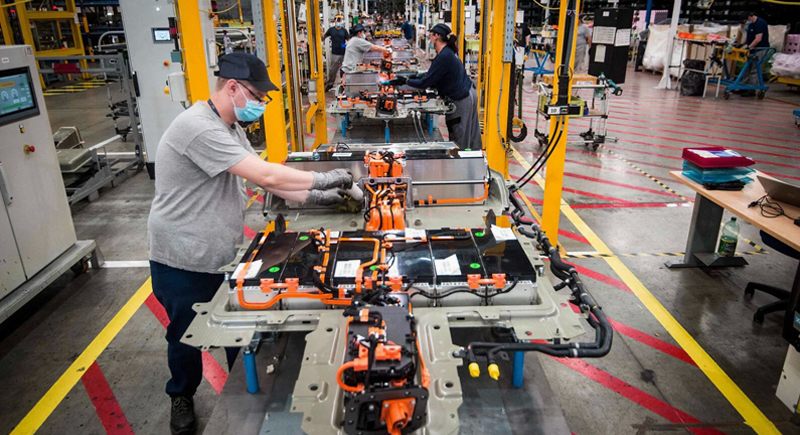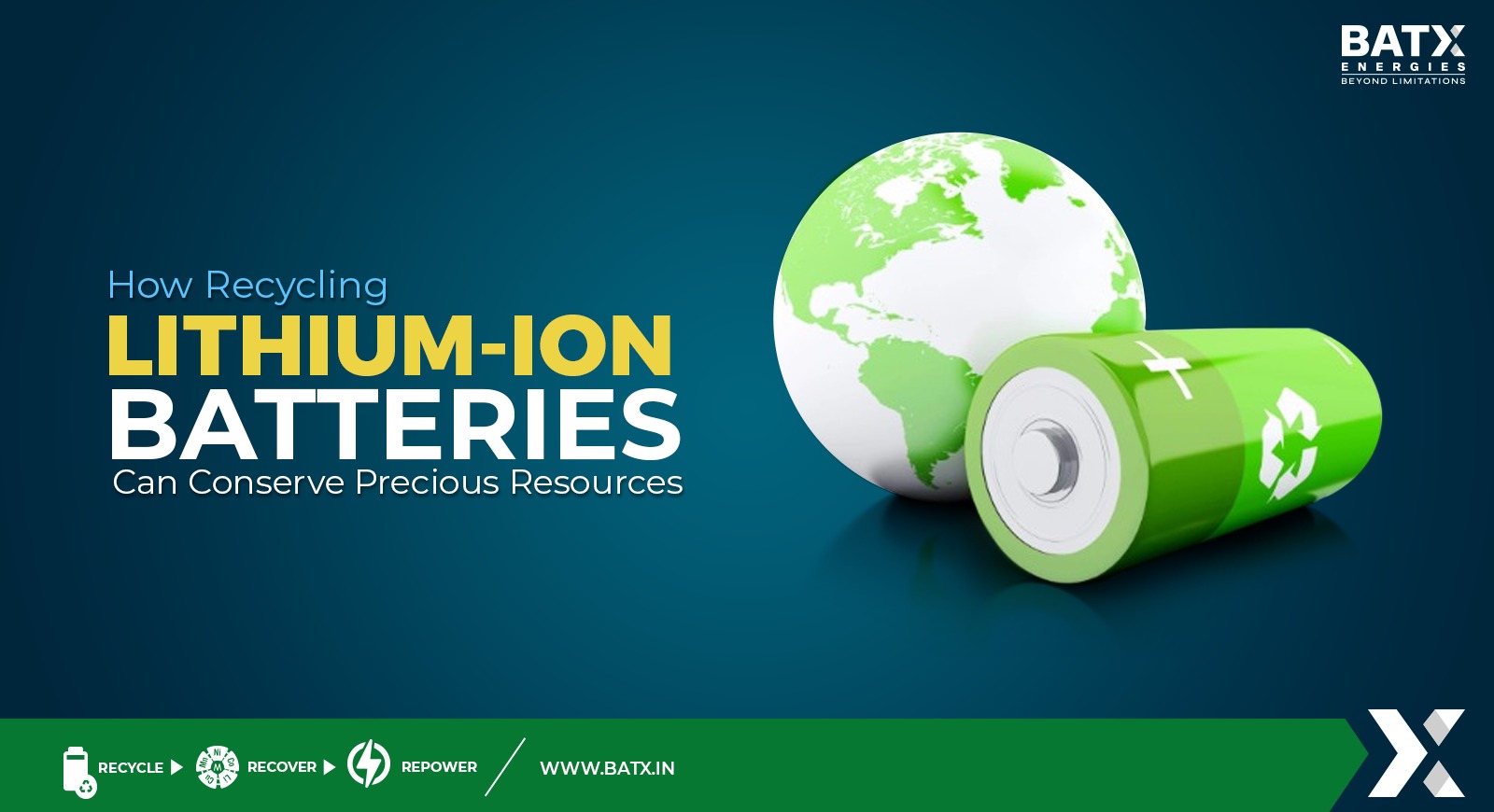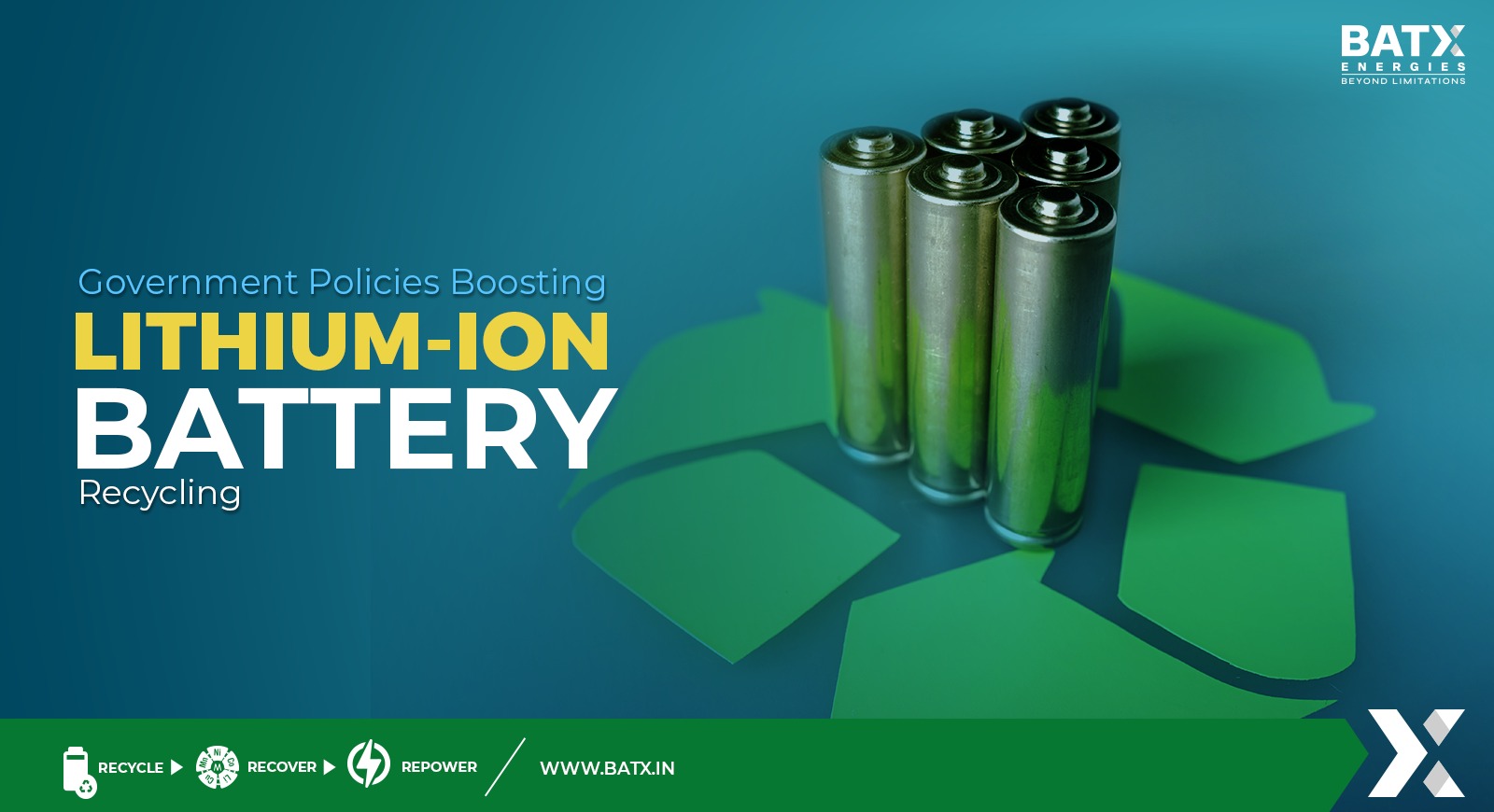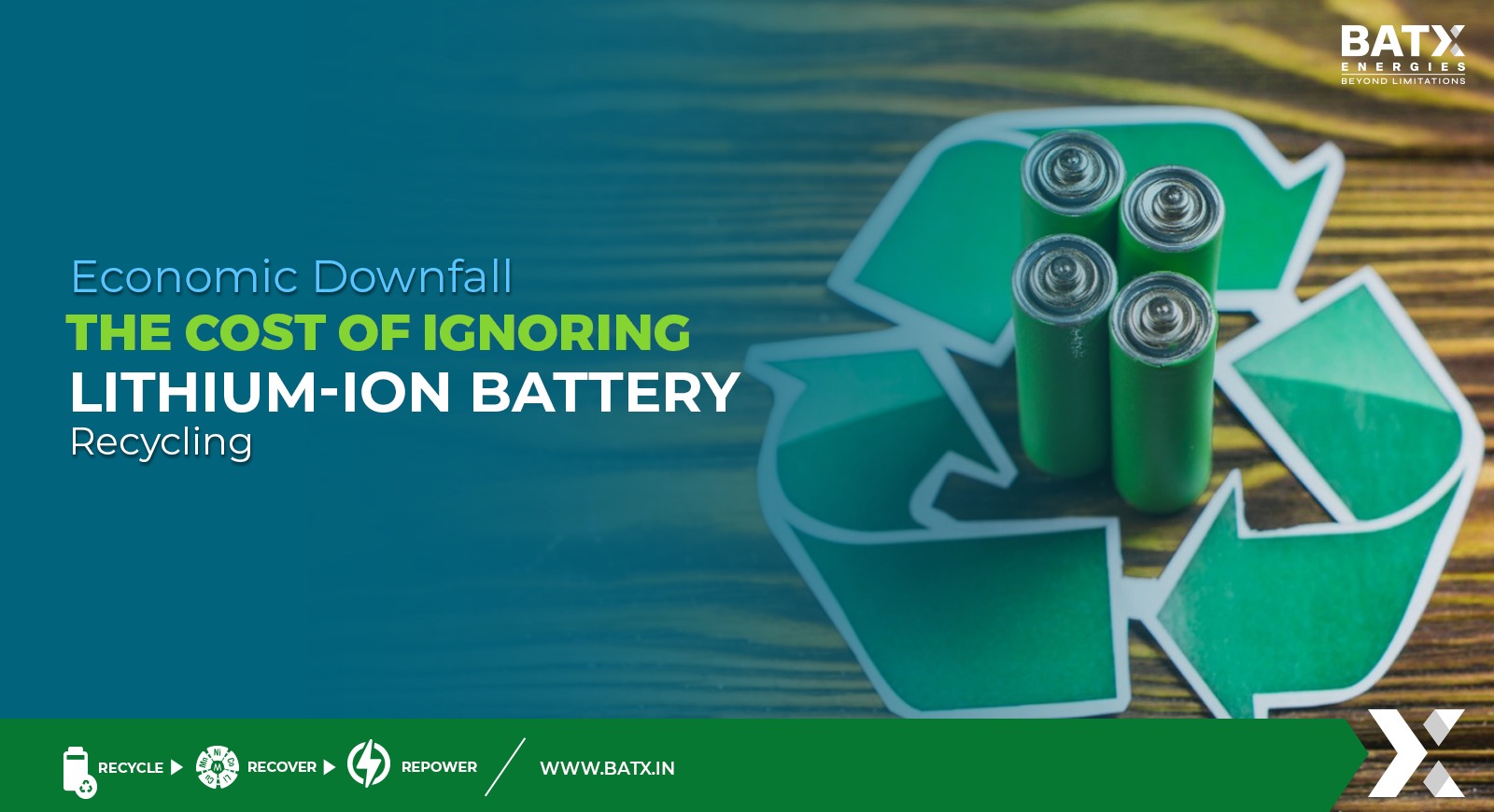Lithium-based secondary batteries can be considered the presently most promising electrochemical energy storage systems for mobility applications. There is a strong interest in Lithium traction batteries and their prospective mass application in hybrid and fully electric vehicles. The question arising is whether enough Lithium is available for the production of such batteries and how much recycling of the batteries will contribute to a higher availability of Lithium in the future. Extensive literature search produced different statements regarding presently known reserves and resources, the criticality of Lithium, and the degree of recyclability of Lithium from traction batteries. An investigated scenario regarding Lithium availability and demand suggests that no real Lithium scarcity is foreseen in the near future even from the resources policy perspective. After the year 2050, the situation might change when the easily extractable reserves in stable countries will decrease significantly.
At least half the global demand for Lithium-ion batteries used by plug-in electric vehicles (EVs) may be met at least a decade from now through a threefold increase in the recycling of spent, yet critically needed, minerals, analysts say. Global demand for Lithium-ion batteries has grown as governments increasingly turn to EVs as an approach to decarbonizing their economies. Lithium, Nickel, and Cobalt are the three key minerals critical to manufacturing these batteries. Since Lithium-ion batteries in EVs degrade over time, recycling is now perceived as the solution to meeting that demand. That’s because widespread recycling can create “a more stable domestic source of materials for battery production, reduce the demand for raw materials, and minimize the risks of geopolitical disruptions of the supply chain,” a US-based non-profit, the Union of Concerned Scientists (UCS), wrote in a February 11 report on battery recycling.
According to the researchers, the global Lithium-ion battery market is expected to show annual growth of 30% through 2030. This level of electrification—equivalent to 31 million BEVs—would correspond to the global demand of over 3100 GWh in 2030, although the announced capacity is significantly higher than that already. The main reason for higher battery demand is the expected increase in passenger EV adoption.
The increase in production will significantly add to the strain on the battery supply chain. Most critical is the dependency on certain raw and refined materials such as Cobalt and Nickel Sulphates as well as Lithium. These materials account for more than 30% of the cell costs, with cells making up about 75% of the total cost of the battery pack. As regulatory requirements evolve, companies throughout the value chain will find themselves more obligated in implementing a circular battery economy. The potentially recoverable materials from batteries will be vital in ensuring that supply can meet the rising demand.
China will continue to lead the battery chemicals manufacturing industry, holding a dominant position in the supply of key battery metals such as Lithium, Nickel, Cobalt, Manganese, and Graphite, according to BNEF. If Europe and North America want to diversify the battery chemistry manufacturing, they would need significant investment in capacity.
Stakeholders across the Li-ion battery supply chain are recognising the potential of recycling, and the Li-ion battery recycling market is expected to boom over the next two decades.



